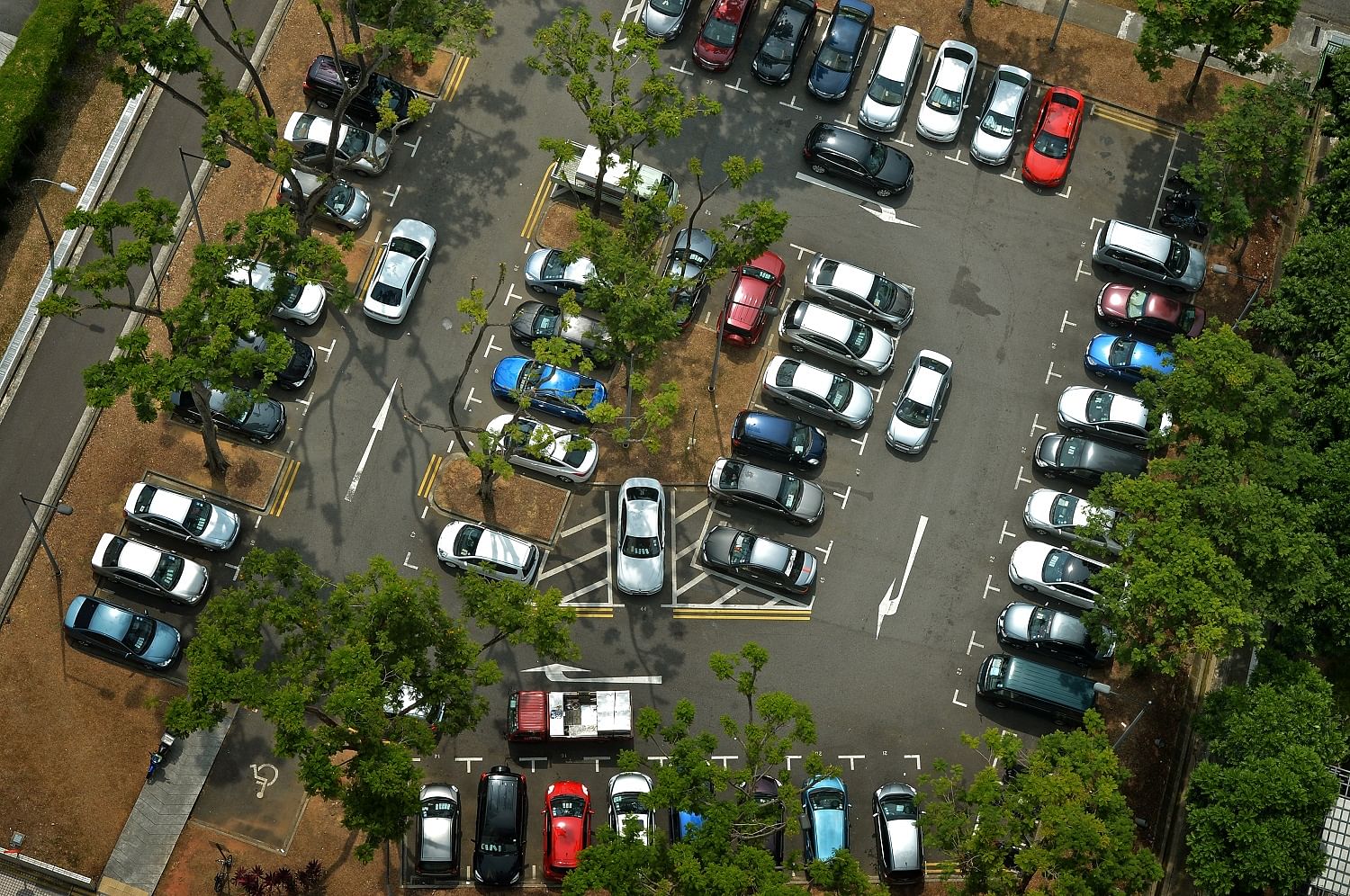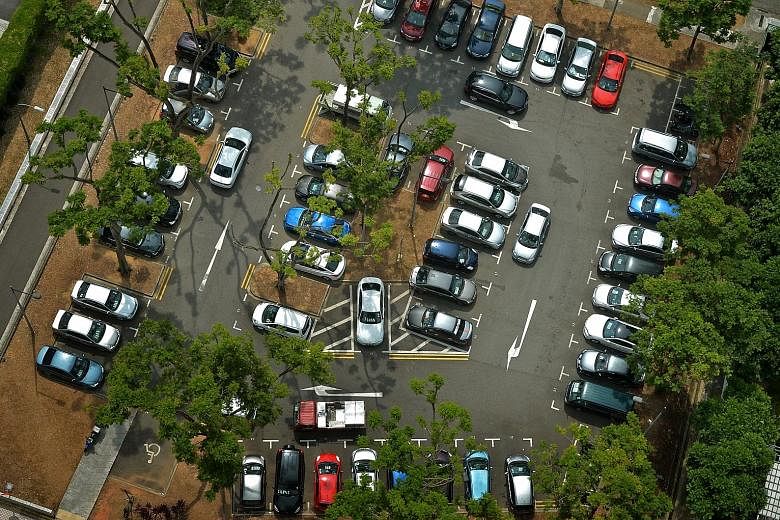I revalidated my car's certificate of entitlement in 2015, just days before it turned 10.
Since then, more than 50,000 drivers have done the same - more than the number of people who have joined the private-hire industry since Uber and Grab started mushrooming four years ago.
So far, my Toyota Wish has been working as well as it has in the first 10 years of its life.
I changed a few worn parts, including the suspension dampers, engine mounts and air-conditioner condenser. I am of the view that for a machine as complex as a car, if it ain't broke, don't fix it.
But because I intend to keep the car till 2025, some cosmetic work was necessary. So I had it resprayed and, in the process, fixed the hundreds of dinks and dents on its body panels. Inside, I replaced its leather upholstery.
Now, the car looks, feels and smells new, even if it has clocked about 200,000km. My family and I are especially impressed with the leather work.
Some quarters have pointed out that old cars are not environmentally sound. I beg to differ. As far as fuel consumption goes, my Wish has improved over the years.
It is now averaging 8.5 litres/ 100km. In its earlier years, it was doing around 9.5 litres/100km. It could be the two older children are going out with us less these past couple of years, but I doubt that would account for such a noticeable difference in economy.

For reference, the small turbocharged models that are becoming so popular now rarely do better than 8 litres/100km.
And by not replacing my car, I think my total lifetime carbon footprint is smaller - not bigger. And I would like to think I am saving the country some foreign exchange too.
But the primary reasons for me extending the Wish's lifespan are far less lofty. In my assessment, the car has always been reliable, so it has "good car genes" to begin with. Also, keeping it would be far less costly than replacing it with an equivalent. I also happen to like it a lot, mostly for its practicality.
If you are considering the revalidation route, your car should at least fulfil these three criteria.
And if you do decide to go ahead with revalidation, you should extend by 10 years - not five.
Simple reason. In revalidating, you forgo the car's scrap rebate (or Parf), which would translate to a few thousand dollars. That is a cost.
So it makes better economic sense to depreciate that cost over 10 years rather than five.
Furthermore, a five-year revalidation is finite. You cannot renew after it runs out. Whereas a 10-year revalidation can be extended (should you feel your car is worth keeping for 30 years - or more).
A 10-year revalidated car is also more saleable. Should you decide to replace it midway, you will be able to find a buyer quite easily.
According to Land Transport Authority figures, five-year revalidations are way more common. Perhaps this has to do with affordability - a five-year revalidation costs around $25,000 today, compared with $50,000 for a 10-year renewal.
Many people will need a loan for the latter. While financing is available, the interest rates for certificate of entitlement (COE) revalidation are usually higher than those for car purchases. But if the revalidation trend grows stronger, more lenders will join the fray and the ensuing competition should drive rates down.
Readers have also asked whether they should revalidate before their car's current COE expires, so as to avoid the risk of far higher premiums down the road.
The answer is no because you would have to forgo the remaining months (or years) of the current COE when you revalidate. And chances are that this current COE was clinched at a lower premium than today's.
So, you should continue to enjoy this low-COE car to its fullest. Not doing so would be a waste.
With the revalidation trend, the next cyclical contraction in COE supply will not be so severe. This is because cars that have been revalidated since 2015 for five years will have to be scrapped by 2020 to 2022.
That will result in extra fresh COEs recycled back for bidding. This will mitigate the supply crunch that is due to happen otherwise.
With the global economy long overdue for a major correction, uncertainty still looms. So it is unlikely premiums will rise very much, if at all.
The new Vehicular Emissions Scheme that is taking effect from January is also likely to raise the cost of new cars. Usually, when upfront cost goes up, COE premium will trend the other way.
In short, renew only when it is time to renew. Happy motoring.


